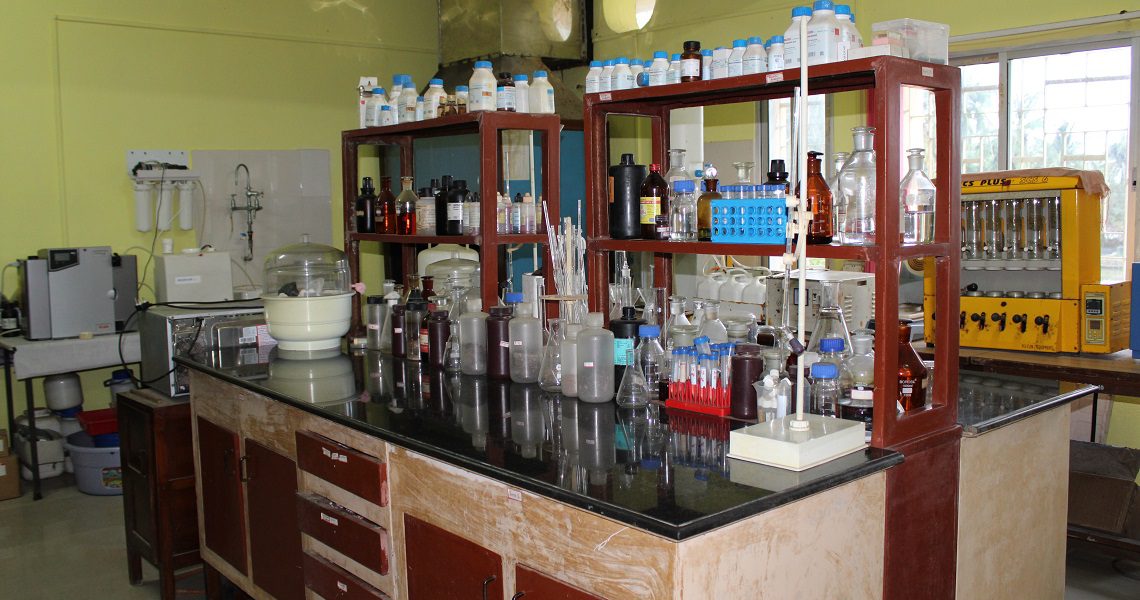Molecular Machines in Action – Insights from Cutting-Edge Biochemistry Research Program
The realm of biochemistry is a treasure trove of intricate machinery, with the fundamental processes of life governed by molecular machines that operate at the nanoscale. These machines, composed of proteins, nucleic acids, and other biomolecules, are the architects of life’s most vital functions. Understanding their inner workings is a quest that has captivated scientists for decades. Recent advances in biochemistry have opened up a new era of exploration, offering unprecedented insights into the mechanisms of these molecular machines and their role in various biological processes. Biochemistry research programs worldwide have been at the forefront of this scientific revolution. Through groundbreaking techniques and interdisciplinary collaborations, scientists have delved into the dynamic world of molecular machines, unraveling their mysteries one layer at a time. One of the most remarkable revelations in recent years is the intricate functioning of the ribosome, the cellular machinery responsible for protein synthesis. This molecular marvel, often referred to as a molecular factory, assembles amino acids into long chains to form proteins.

Through state-of-the-art cryo-electron microscopy and X-ray crystallography, researchers have gained invaluable insights into how the ribosome reads the genetic code and orchestrates the complex ballet of protein synthesis. The CRISPR-Cas9 system is another striking example of molecular machinery at work. Initially discovered as part of the bacterial immune system, it has been harnessed for genetic engineering and gene editing. Biochemistry research has been instrumental in unraveling the mechanisms behind CRISPR-Cas9, enabling scientists to precisely modify genes. This technology holds immense promise for treating genetic diseases and advancing our understanding of fundamental biological processes. The cellular powerhouse, the mitochondrion, is yet another focus of recent research. These tiny organelles generate energy in the form of adenosine triphosphate ATP, crucial for the functioning of every cell in the body. Biochemists have made significant strides in unraveling the inner workings of the electron transport chain and the synthesis of ATP. This knowledge is not only integral to understanding the cellular energy economy but also to developing therapies for mitochondrial disorders. Moreover, recent biochemistry research has shed light on the molecular machines that repair and maintain DNA.
The DNA repair machinery plays a pivotal role in preventing mutations and genomic instability, which are at the root of many diseases, including cancer. Understanding the intricate dance of repair enzymes like the DNA polymerase and the exonuclease has opened up new avenues for targeted therapies and personalized medicine. In the realm of structural biology, cryo-electron microscopy has emerged as a game-changer. It enables scientists to visualize molecular machines in action, capturing snapshots of their dynamics and conformational changes. This technology has been instrumental in the study of protein complexes, molecular motors, and virus structures. These insights not only advance our fundamental understanding of biology but also have significant implications for drug discovery and vaccine development. UTSA DRS biochemistry research programs are also contributing to the field of drug development. By elucidating the structures and functions of key molecular targets in diseases, such as G-protein-coupled receptors, enzymes, and ion channels, researchers can design more precise and effective drugs. The advancement of techniques like virtual screening and high-throughput screening, guided by biochemistry knowledge, has accelerated drug discovery and the development of personalized medicines.
